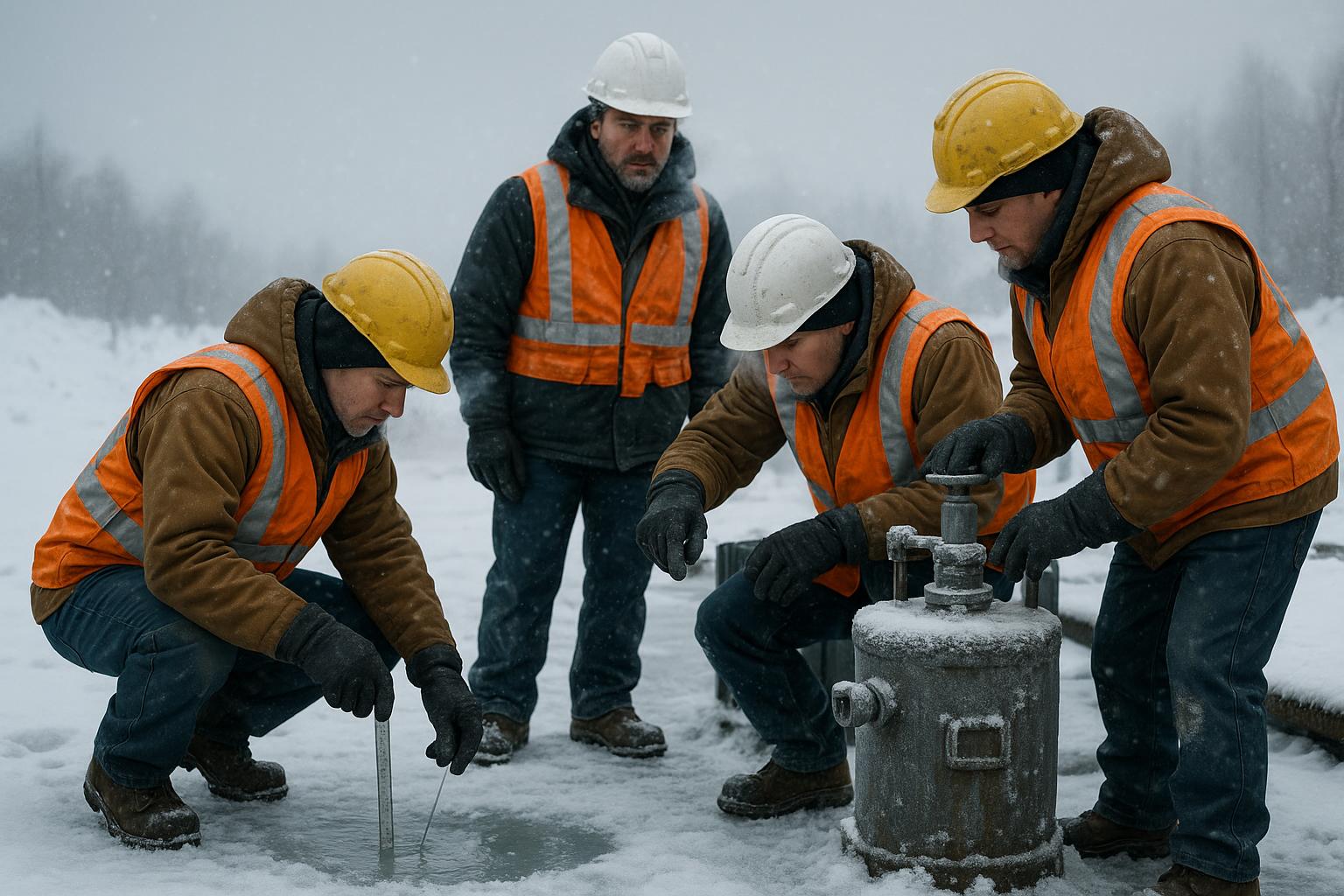Introduction
Workplace emergencies can happen unexpectedly, and HR teams need to be prepared to protect their employees. Developing an Emergency Action Plan (EAP) is critical to ensure a safe and secure work environment. In this guide, we’ll walk you through the essentials of preparing an effective EAP for your workplace, including risk assessment, EAP development, communication strategies, and maintenance.
Assessing Your Workplace’s
Risks and Vulnerabilities
Before you can develop an effective EAP, you need to identify potential hazards in your workplace and assess the risks associated with them. This includes identifying risks such as fires, chemical spills, and natural disasters. It’s important to involve employees in the risk assessment process to ensure their input is considered. You can find more information on Safety Audits at threesixtysafety.com.
Developing Your Emergency Action Plan
Once you’ve identified the risks and vulnerabilities in your workplace, it’s time to develop your EAP. Your EAP should include key components such as emergency contacts, evacuation procedures, and medical response plans. It’s important to tailor your EAP to the specific needs and risks of your workplace. This includes involving key stakeholders and conducting regular drills and training sessions.
Communicating Your EAP to Employees
Clear and concise communication is essential during an emergency. HR teams need to ensure that all employees, including new hires and temporary workers, are aware of the EAP and know what to do in an emergency situation. Communication tools and strategies, such as signage, email updates, and designated communication channels, can help you effectively communicate your EAP to employees. More information on communication strategies and setting up a safety committee can be found at threesixtysafety.com.
Maintaining and Updating Your EAP
Developing an effective EAP is not a one-time task. It’s essential to regularly review and update your EAP to ensure it remains effective and compliant with relevant regulations and standards. This includes scheduling regular training and testing, updating emergency contact information, and incorporating feedback from employees. More information on maintaining your EAP can be found at threesixtysafety.com.
Conclusion
In summary, an effective EAP is critical to ensure a safe and secure work environment for your employees. As an HR professional, it’s essential to prioritize EAP development and preparedness in your workplace. By following the essentials outlined in this guide, you’ll be better equipped to protect your employees in emergency situations. If you need further support and guidance, don’t hesitate to reach out to Three Sixty Safety the emergency preparedness professionals.
FAQ’s
- What is an Emergency Action Plan (EAP)? An Emergency Action Plan (EAP) is a written plan that outlines procedures and protocols for responding to emergency situations in the workplace. The plan includes information such as emergency contact numbers, evacuation routes, and procedures for responding to specific emergencies.
- Why is it important to have an EAP in the workplace? An EAP is important to have in the workplace to ensure the safety of employees in emergency situations. Having a well-defined plan in place can help prevent injuries and fatalities, and can also minimize property damage.
- Who is responsible for developing an EAP in the workplace? Developing an EAP is typically the responsibility of the employer, with input from employees and relevant authorities such as fire departments and emergency services. HR professionals often play a key role in developing and implementing EAPs.
- What are some key components of an EAP? Key components of an EAP include emergency contact information, evacuation procedures, medical response plans, communication strategies, and maintenance and testing protocols.
- How often should an EAP be reviewed and updated? An EAP should be reviewed and updated at least annually, or more frequently if there are changes in the workplace or if the plan is not effective during a drill or actual emergency.
- What training should be provided to employees regarding the EAP? Employees should receive regular training on the EAP, including evacuation procedures, emergency contact information, and the location of emergency supplies and equipment. Training should be provided to new hires and temporary workers as well.



